I would like to make a transformer model with a time-variant mutual inductance coefficient. Does it work at (K1 L1 L2 var)?
-
Why do people think this is a bad question? – us2012 Aug 20 '13 at 11:53
-
@us2012 Dunno take a +1 from me and I'm interested in the answer. – Andy aka Aug 20 '13 at 18:38
-
@Andyaka It's not my question, but I'm interested in the answer, too. – us2012 Aug 20 '13 at 23:07
-
@us2012 oops. Hope the OP comes back with an answer! – Andy aka Aug 21 '13 at 07:05
1 Answers
For a standard inductor, unfortunatley it looks like you can not. The internal model of an inductor (non chan) looks roughly like (taken from the ltwikis site about transformers):
Note how the K factor is used to split the inductance between the mutually coupled and the leakage inductance. In theory if it would be just the K statement not supporting\$^*\$ any input variables you could use that one to directly set the inductance values.
Unfortunately, although it accepts a lot of functions to set the inductance value, inductors can not depend in any way on any time varying functions.
The same seems to hold true for chan inductors, though I never played enough with them to be absolutely sure. It seems that most (all?) spice dialects do need to calculate some internal numbers for an inductor before starting a transient analysis. Probably nobody bothered to do this on demand for each timestep (or probably this is even too computationally expensive).
\$^*\$ It is evidently evaluating the factor at the start/before op point search, as indicated by the following message in the log when you try to set it outside the allowed range:
Reducing mutual coupling coefficient from 3 to 1.
- 6,498
- 5
- 38
- 49
-
Inability to use coupled inductors is also true for behavioural inductors (`Flux=f(x)`). Also, a minor note, even if you can specify, or if LTspice says `1` for coupling, in fact it's `0.999999...` (a limited range), but it's so close to 1 that it can be regarded as such. – a concerned citizen Sep 21 '16 at 12:17
